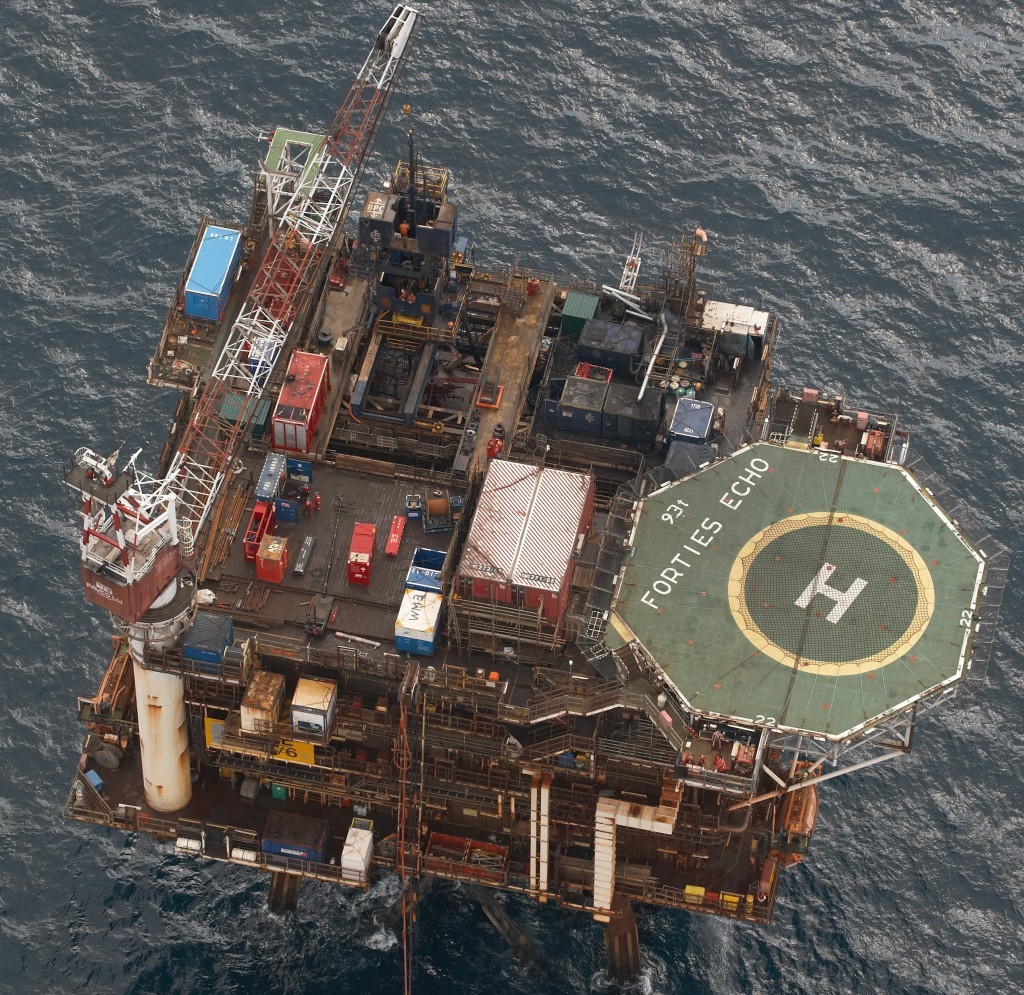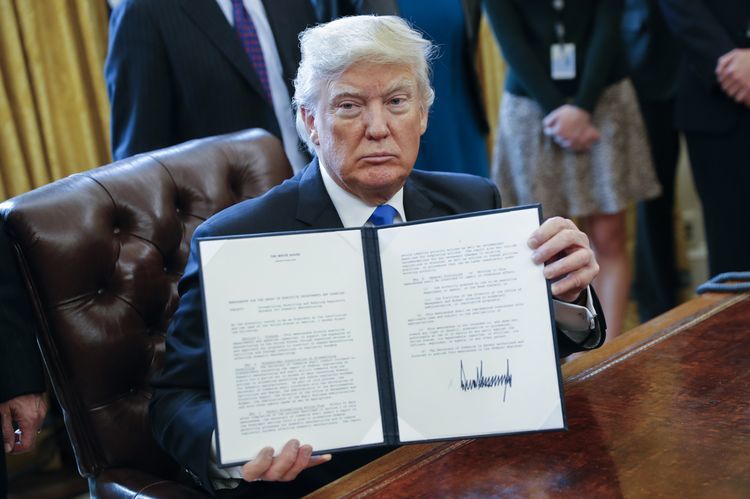
Anadarko Petroleum Corp. approached Apache Corp. about a combination that would be the largest for an independent U.S. oil and gas producer this year, according to people familiar with the matter.
Such a deal would create an explorer that pumps more crude than OPEC member Ecuador.
Apache rejected an initial proposal from its rival and is working with Goldman Sachs Group Inc. to advise on its options, according to the people, who asked not to be identified because the matter is private. It’s unclear whether talks will resume, other bidders may emerge, or Anadarko will walk away, the people said.
In pursuing Apache, Anadarko would acquire a portfolio of fields that contain a higher proportion of crude than its own. Apache is one of the biggest leaseholders in the Permian Basin in western Texas, the largest U.S. shale play and the only one where oil output has continued to grow even as drillers slash spending and idle rigs.
“It’s not a good combination in my view, and the market agrees,” Fadel Gheit, an analyst at Oppenheimer & Co. in New York, said Tuesday. “It could be a defensive move by Anadarko to ward off a potential takeover bid. Anadarko has been viewed as a potential target for years.”
Anadarko sank 6.6 percent, the most since January, to close at $63.42 Tuesday. Apache jumped 4.4 percent before giving back those gains and closing 1.2 percent lower at $53.31.
Representatives for Anadarko and Apache declined to comment. “We have a policy on not commenting on M&A, so no comments,” Apache Chief Executive Officer John Christmann said Tuesday at a Hart Energy conference in Midland, Texas.
More Oil
Apache’s output is more than 50 percent oil, compared with just 38 percent at Anadarko. A combined company would produce about 580,000 barrels of crude a day, compared with about 530,000 for Ecuador.
Anadarko, which operates from Mozambique to Wyoming, has struggled to sustain reserves growth even as spending exploded. The company’s exploration failure rate doubled last year; 14 percent of the wells Anadarko drilled in its search for untapped fields were dry holes, up from about 7 percent in 2013 and 4.7 percent in 2012.
Growth in the company’s oil and gas reserves slowed to 2.4 percent in 2014 from more than 9 percent in the prior year, despite four consecutive years of double-digit spending increases. During the third quarter of this year, Anadarko lost $817 million on dry holes, a seven-fold increase from a year earlier.
Reserves are accumulations of crude and gas that have yet to pumped out of the ground. For investors, they are an important measure of an energy producer’s ability to generate cash flow in the future.
Though Apache’s shares have been pummeled along with the rest of the industry as commodity prices stay depressed, Apache’s market valuation still means only the biggest energy producers could consider an offer. That stood at more than $18 billion at the Friday close, before Bloomberg reported that a potential buyer had sent the company a letter in the past few weeks about a takeover bid.
Apache is unlikely to sell for less than $70 to $80 a share, Leo Mariani, an oil and gas analyst with RBC Capital Markets in Austin, wrote Tuesday in a research note.
Smaller Loss
Apache last week reported a smaller-than-expected adjusted loss and boosted its 2015 production forecast. Its stock rose about 13 percent Monday, valuing it at more than $20 billion. Anadarko, whose shares have fallen almost 18 percent this year through Monday, has a market valuation of about $34.5 billion.
Anadarko could use a deal with Apache to fend off potential predators. Bankers and investors have speculated over the past year that the company would be a good fit for Exxon Mobil Corp. and other so-called supermajors seeking to expand their exposure to shale.
“It may not be the sellers’ market it was in April and May when there was a expectation that oil prices were starting to recover and were likely going to back to $70 per barrel,” Al Walker, CEO of Anadarko, said Tuesday at a Bank of America Merrill Lynch energy conference. “But it’s still largely a sellers’ market simply because the amount of private equity chasing deals.”
Recommended for you
